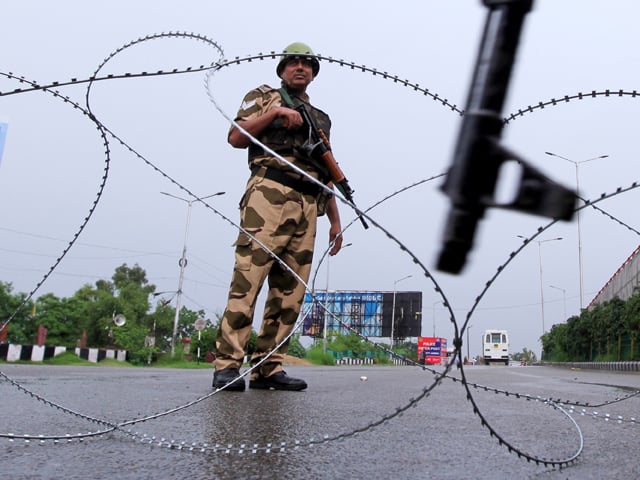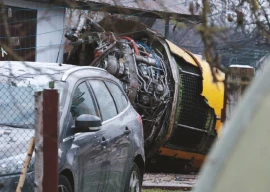
“The United States, China, the United Nations and other powers with influence over India and Pakistan must urgently do what they can to prevent India’s folly from escalating into a perilous and unpredictable regional crisis,” reads the lead editorial in the New York Times (NYT).
“There is still a good chance that the changes to the constitution will end up before India’s Supreme Court. But the fires are already lit. The United States and China must not allow Kashmir to become a pawn in their ongoing disputes,” added the editorial that appeared on August 5, a day after the Modi administration’s highly controversial step that could further intensify conflict with Pakistan and reignite an insurgency that has already cost tens of thousands of lives.
Pakistan to expel Indian envoy, suspend trade over Occupied Kashmir move
According to the editorial, the Indian government’s decision to revoke the semi-autonomous status of Kashmir, accompanied by a huge security clampdown, is ‘dangerous and wrong’. “Bloodshed is all but certain, and tension with Pakistan will soar,” it implied.
Quoting former US president Bill Clinton, who once dubbed Kashmir “the most dangerous place in the world”, the NYT editorial goes on to say that the Indian government knows how incendiary its actions are. “Which is why, before making the announcement on Monday, it ordered tens of thousands more troops into Kashmir, put major political figures under house arrest, ordered tourists to leave, closed schools and cut off internet services,” it adds.
India’s latest action has provoked instant vows of resistance with the Kashmiris appearing especially incensed by the lifting of a ban they had long imposed on the purchase of land by nonresidents, to prevent their land from being bought up by Indians. “There will be chaos if our identity is compromised,” vowed Mehbooba Mufti, a former chief minister of Jammu and Kashmir.


1732519298-0/BeFunky-collage-(85)1732519298-0-165x106.webp)
1732611352-0/lamar-(5)1732611352-0-165x106.webp)
1732610018-0/BeFunky-collage-(91)1732610018-0-165x106.webp)












COMMENTS
Comments are moderated and generally will be posted if they are on-topic and not abusive.
For more information, please see our Comments FAQ